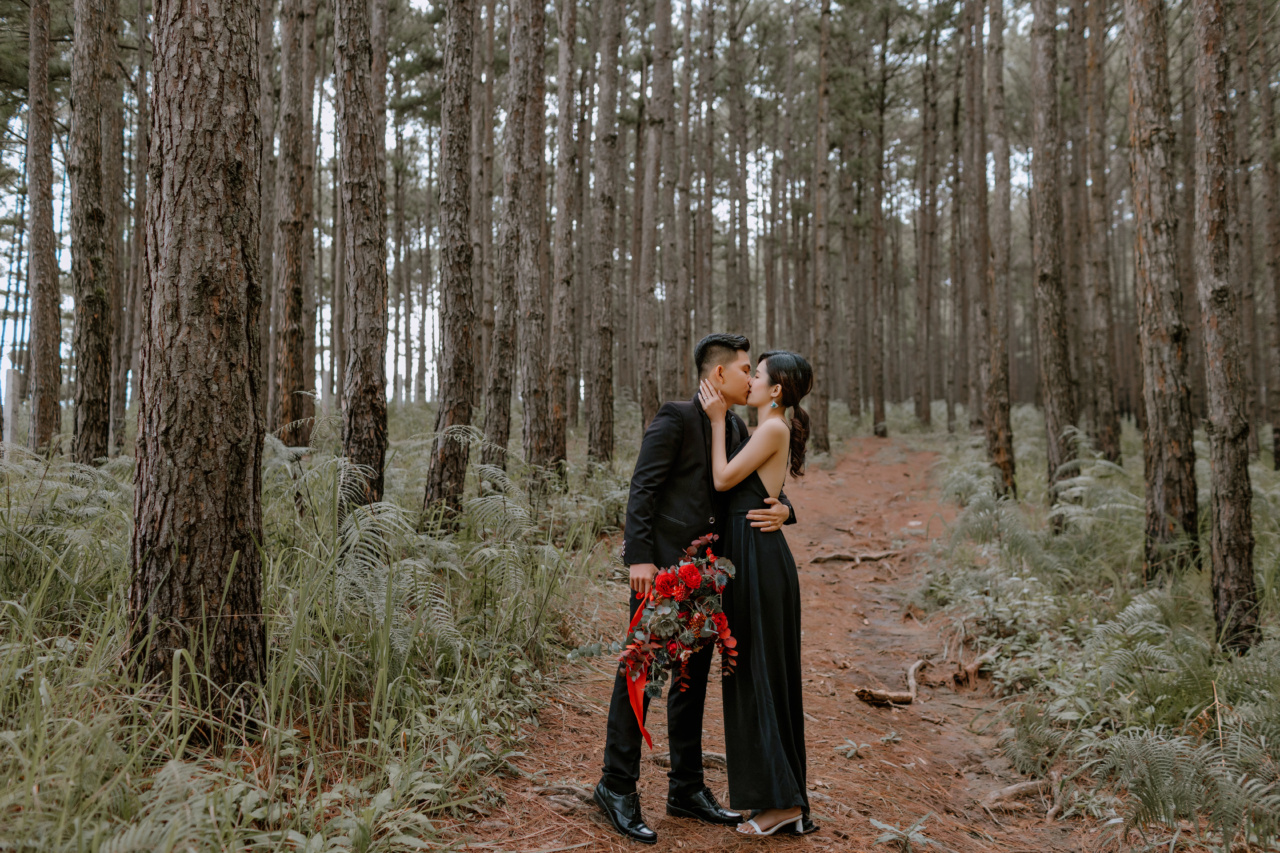Our bodies are amazing creations that serve us in countless ways. They allow us to move, breathe, work, and play. They keep our organs functioning, protect our bones and muscles, and allow us to experience the world around us.
Yet, despite all of the wonderful things our bodies do for us, many of us struggle to love and accept them as they are.
The Pressure to Look a Certain Way
We live in a society that places a great deal of emphasis on physical appearance. From a young age, we are bombarded with messages that tell us what we should look like in order to be considered attractive or desirable.
Magazines, TV shows, movies, and social media all contribute to the idea that there is a “right” way to look, and anything outside of that narrow ideal is less-than.
For many people, this pressure to conform to a certain standard of beauty can lead to feelings of shame, insecurity, and self-doubt. We may feel like we are not good enough, not pretty enough, not thin enough, or not muscular enough.
We may spend countless hours and energy trying to change our bodies through diets, exercise, plastic surgery, and other means in order to fit this ideal.
But the truth is, this pressure to look a certain way is harmful and unrealistic. There is no one “right” way to look, and the idea that we should all strive to fit a certain mold is damaging to our mental and physical health.
The Problem with the “Ideal” Body
The idea of the “ideal” body is a myth. It is a construct created by the media, advertising, and beauty industries in order to sell us products and keep us feeling insecure.
The reality is that bodies come in all shapes, sizes, colors, and abilities, and none is inherently better or worse than any other.
Research shows that this pressure to conform to a certain body type can have negative effects on our health.
Studies have found that people who experience weight stigma or discrimination are more likely to develop health problems such as high blood pressure, diabetes, and heart disease. They are also more likely to experience depression, anxiety, and other mental health issues.
The truth is, we should be celebrating all types of bodies, not just a narrow range of “ideal” ones. Different bodies have different needs, and what is healthy or attractive for one person may not be the same for another.
It’s time to let go of the idea that there is a one-size-fits-all approach to health and beauty.
Learning to Love Your Body
So how do we move away from this harmful ideal and embrace our bodies as they are? It starts with shifting our mindset and letting go of the belief that we need to look a certain way in order to be happy or worthy.
Instead of fixating on our flaws or differences, we can focus on the things our bodies do for us each day. We can appreciate our bodies for their strength, resilience, and beauty, regardless of what they look like.
We can practice self-care by nourishing ourselves with healthy foods, getting enough rest, and engaging in physical activity that feels good, not punishing.
We can also surround ourselves with body-positive messages and role models who show us that all bodies are deserving of love and respect.
We can seek out communities and resources that support body acceptance and learn from people who have overcome their own struggles with body image.
The Benefits of Body Acceptance
When we learn to love and accept our bodies as they are, we open ourselves up to a world of possibilities. We are free to engage in activities that bring us joy, without worrying about how our bodies look.
We can form deep and meaningful relationships with others, based on our personalities and values, not just our physical appearance. And we can experience a greater sense of overall well-being and happiness.
Embracing our bodies also allows us to be more present in the moment and appreciate all of the amazing things our bodies can do.
Instead of focusing on what we wish we could change about ourselves, we can be grateful for the gift of life and the body that allows us to experience it.
The Journey to Body Acceptance
Learning to love and accept our bodies is not always an easy journey. It can be a process of unlearning negative beliefs and coping mechanisms and replacing them with positive ones.
It can involve seeking out support and resources, and practicing self-compassion along the way.
But with time and effort, it is possible to shift our mindset and embrace our bodies as they are. We can learn to tune out the negative messages that surround us and instead choose to focus on the things that make us feel good, healthy, and happy.
Conclusion
Embracing our bodies is a natural and healthy way to cultivate self-love and well-being. It involves shifting away from harmful ideals and instead focusing on the things that make us unique and valuable.
By learning to appreciate and care for our bodies, we can experience greater happiness, confidence, and overall well-being.






























